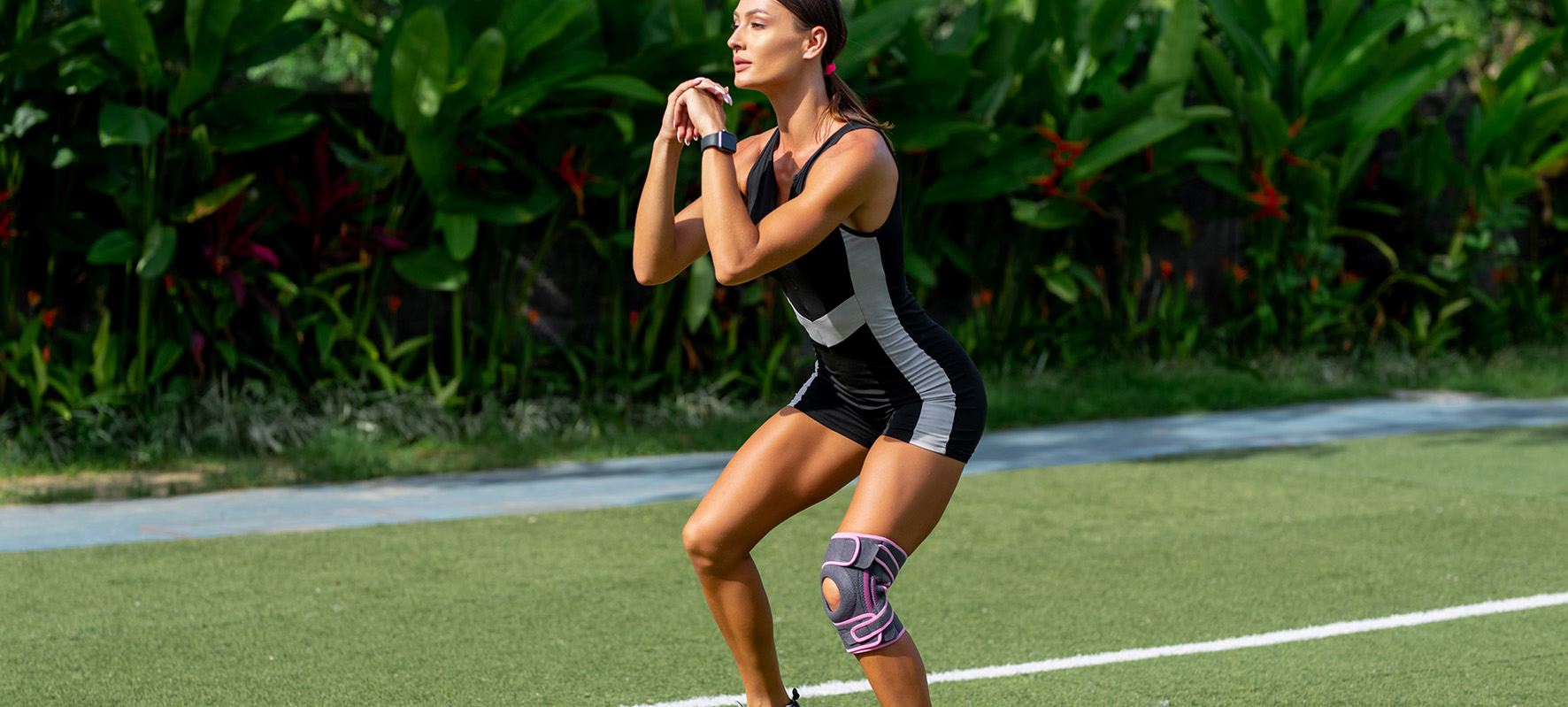Engaging in athletic activities demands more than just skill and dedication; it requires the right gear to support your body through the rigors of training and competition. From preventing injuries to enhancing performance, athletic supports play a crucial role in an athlete’s toolkit. In this comprehensive guide, we explore the various types of athletic supports available, helping you make informed decisions to optimise your performance and protect your body.
Compression Gear
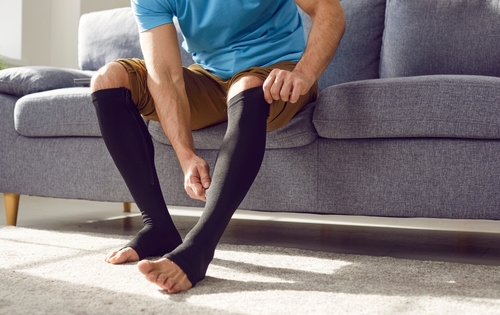
One of the most versatile types of athletic supports is compression gear. Compression sleeves, shorts, and socks are designed to provide targeted pressure to specific muscle groups, such as this thigh compression sleeve from Bearhug, promoting better blood circulation. This, in turn, helps reduce muscle soreness, speed up recovery, and decrease the risk of cramps during and after workouts. Athletes across various disciplines, from runners to weightlifters, often incorporate compression gear into their routines for its dual benefits of performance enhancement and recovery support.
Knee Supports
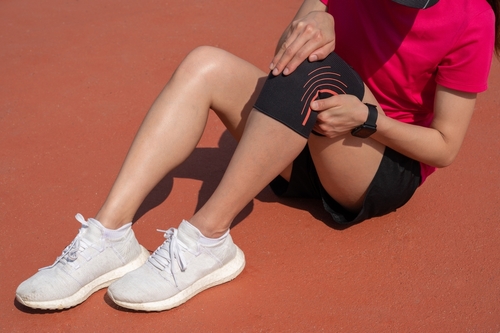
The knees are among the most vulnerable joints during athletic activities, especially those involving running, jumping, or sudden changes in direction. Knee supports come in various forms, including braces and sleeves, providing stability and reducing the risk of injuries. For athletes with a history of knee issues or those engaged in high-impact sports like basketball or soccer, wearing knee supports can offer crucial reinforcement, helping to prevent hyperextension or lateral movement that may lead to strains or tears.
Elbow Supports
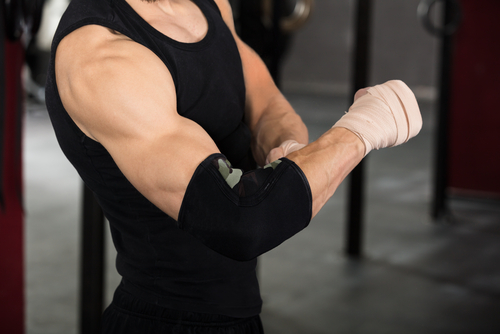
For athletes engaged in repetitive arm motions, such as tennis players or weightlifters, elbow supports can be essential in preventing stress-related injuries. Commonly known as tennis elbow braces, these supports provide targeted compression to the forearm muscles, alleviating strain on the tendons. Whether you’re recovering from an injury or looking to prevent overuse issues, incorporating elbow supports into your training regimen can contribute to long-term joint health.
Back Supports
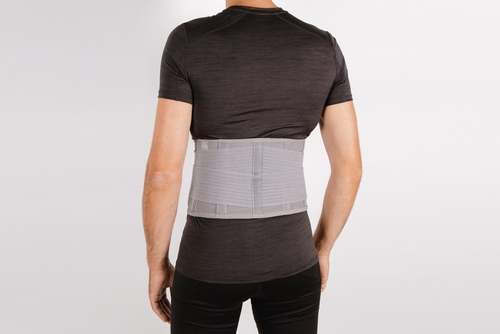
Maintaining a strong and stable core is vital for athletes in almost every sport. Back supports, such as lumbar belts or compression shirts, can provide the necessary stability for the lower back during activities that involve heavy lifting or repetitive spinal movements. Whether you’re a powerlifter or a long-distance runner, incorporating back supports into your training routine can contribute to overall core strength and reduce the risk of lower back injuries.
Shoulder Supports
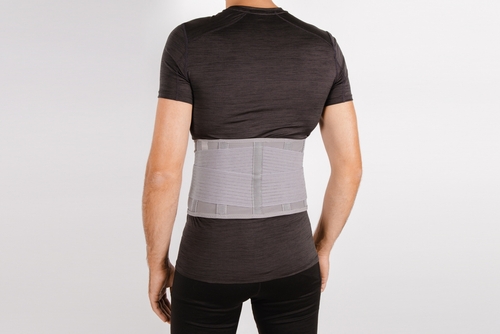
Athletes involved in sports with overhead movements, such as swimming or baseball, often benefit from shoulder supports. These supports can provide reinforcement to the rotator cuff, reducing the risk of strain or impingement. Whether you’re recovering from a shoulder injury or aiming to prevent one, wearing shoulder supports during training can support the joint’s stability and function.
Groin Straps
Athletes engaging in activities that involve lateral movements, sudden stops, or frequent changes in direction, such as football or rugby players, may find groin straps beneficial. These supports provide targeted compression to the adductor muscles, reducing the risk of strains or pulls. Incorporating groin straps into your training gear can offer a preventive measure against injuries commonly associated with dynamic, multi-directional sports.
Conclusion
Choosing the right type of athletic support is a personal decision that depends on factors such as the nature of your sport, your injury history, and your individual needs. Consult with a sports medicine professional or physiotherapist to determine the most suitable support for your circumstances. By incorporating the right athletic supports into your training routine, you not only enhance your performance but also invest in your body’s long-term health and durability, allowing you to pursue your athletic goals with confidence and resilience.

